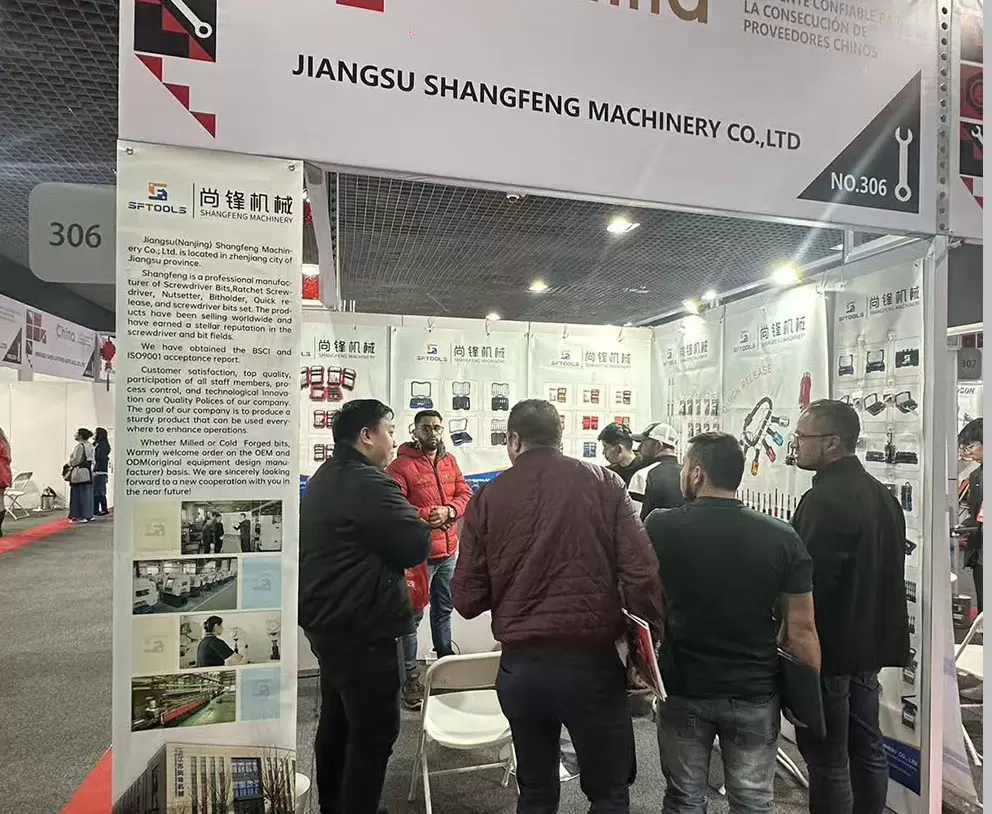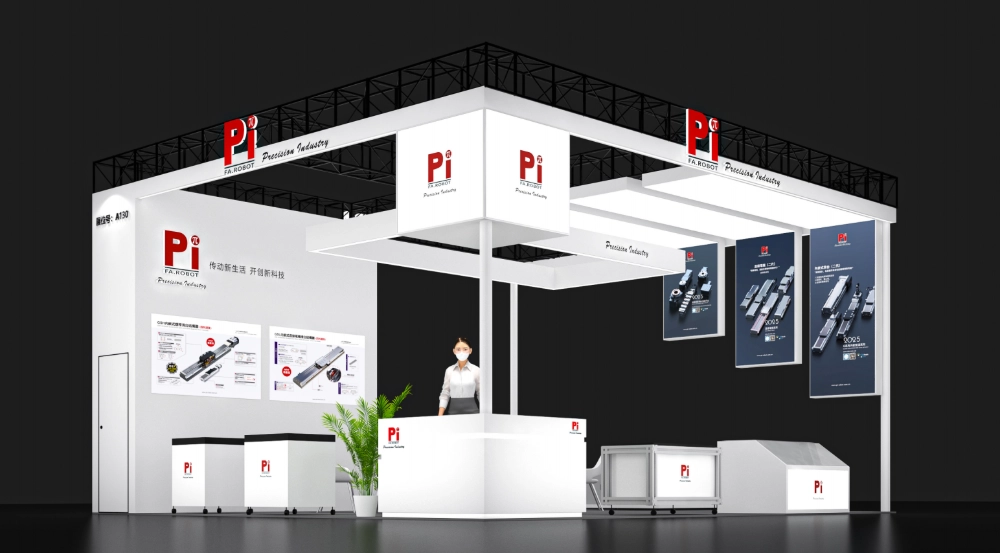What factors affect the performance of bifacial solar panels?

As an innovative photovoltaic technology, bifacial solar panels have attracted widespread attention due to their ability to absorb sunlight from both the front and back sides. However, their performance is affected by a variety of factors, including environmental conditions, installation methods, component quality, etc. This article will explore these key factors in detail and analyze how they affect the performance of bifacial solar panels.
1. Environmental factors
Light intensity and angle: Light intensity is the primary factor affecting the performance of bifacial solar panels. The intensity of direct light and reflected light directly affects the power generation efficiency of the panel. Under high light intensity, the panel is able to generate more electricity.
The angle of the sun also affects the light intensity. For example, near the equator, the solar altitude angle is larger and the light intensity is higher, so bifacial solar panels generally perform better in these areas.
Temperature: Temperature has a significant effect on the efficiency of solar panels. Generally speaking, as the temperature increases, the efficiency of the panel decreases. This is because high temperatures cause the carrier recombination rate of semiconductor materials to increase, thereby reducing the open circuit voltage and fill factor of the cell.
For bifacial solar panels, since the backside can also absorb light, the temperature of the backside may also affect its performance. If the temperature on the back is too high, it may cause the overall efficiency of the panel to decrease.
Weather conditions: Weather conditions such as cloud thickness, rain, and snow will affect the intensity of light, which in turn affects the performance of bifacial solar panels. In clear and cloudless weather, the panels can obtain more direct light and reflected light, thereby improving the power generation efficiency.
2. Installation method
Installation height and angle: The installation height and angle are crucial to the performance of bifacial solar panels. The appropriate installation height ensures that the panels receive enough light while avoiding shadows. Generally speaking, a higher installation height can reduce ground reflection losses.
The installation angle needs to be adjusted according to the local latitude and climatic conditions. In the northern hemisphere, the installation method tilted to the south usually obtains more light; in the southern hemisphere, it should be tilted to the north.
Ground reflectivity: Ground reflectivity refers to the ability of ground materials to reflect light. Highly reflective ground (such as white roofs or deserts) can provide more reflected light, thereby increasing the power generation of the back of bifacial solar panels.
Therefore, when choosing an installation site, the type and color of the ground material should be considered. Using highly reflective materials can significantly improve the overall efficiency of the panel.
Surrounding environment: The surrounding environment such as buildings, trees, etc. may cause shadows to the bifacial solar panels, thereby reducing their performance. Therefore, when planning the installation location, these potential sources of shading should be avoided as much as possible.
At the same time, the cleanliness of the surrounding environment is also important. Dust and dirt will reduce the light absorption on the surface of the panel, resulting in a decrease in efficiency. Regular cleaning of the surface of the panel is the key to maintaining its efficient operation.

3. Component quality
Cell quality: The cell is the core component of the solar panel, and its quality directly affects the performance of the entire panel. High-quality cells have higher conversion efficiency and longer service life.
When choosing a bifacial solar panel, you should pay attention to the manufacturer and brand of the cell, and choose a product with a good reputation and mature technology.
Encapsulation material: Encapsulation materials are used to protect the cell from the influence of the external environment, such as moisture, oxygen, etc. High-quality encapsulation materials can provide better protection and extend the service life of the panel.
At the same time, the light transmittance of the encapsulation material is also important. Encapsulation materials with good light transmittance can allow more light to penetrate the cell, thereby improving the power generation efficiency.
Inverter and connector: Inverter is the key equipment to convert the direct current generated by solar panels into alternating current. High-quality inverter can provide more stable power output and reduce energy loss.
The connector is an important component to connect the solar panel and inverter. High-quality connectors can ensure good electrical connection, and reduce resistance and energy loss.
4. Other factors
System configuration: System configuration includes series and parallel connection of solar panels, selection of inverter, etc. Reasonable system configuration can maximize the power generation capacity of solar panels and improve overall efficiency.
When designing system configuration, factors such as the specifications of solar panels, installation environment, and expected load demand need to be considered.
Maintenance and monitoring: Regular maintenance and monitoring are the key to ensuring the long-term stable operation of bifacial solar panels. Maintenance work includes cleaning the surface of solar panels, checking electrical connections, replacing damaged parts, etc.
By installing a monitoring system, the performance parameters of solar panels, such as voltage, current, temperature, etc., can be monitored in real-time to detect and solve problems in time.
In summary, there are many factors that affect the performance of bifacial solar panels, including environmental conditions, installation methods, component quality, and other system configuration and maintenance factors. In order to give full play to the advantages of bifacial solar panels, it is necessary to fully consider these factors during planning, design, installation, and maintenance, and take corresponding measures to optimize their performance. With the continuous advancement of technology and the accumulation of application experience, it is believed that bifacial solar panels will be more widely used and developed in the future.
As bifacial solar panel companies, we are committed to providing efficient and reliable energy solutions. Our bifacial solar panels are widely used in construction, transportation, agriculture, and other fields, providing customers with reliable energy supply while contributing to sustainable development.
www.fgnexsolar.com
Wuxi Fgnex Technology Co., Ltd.

